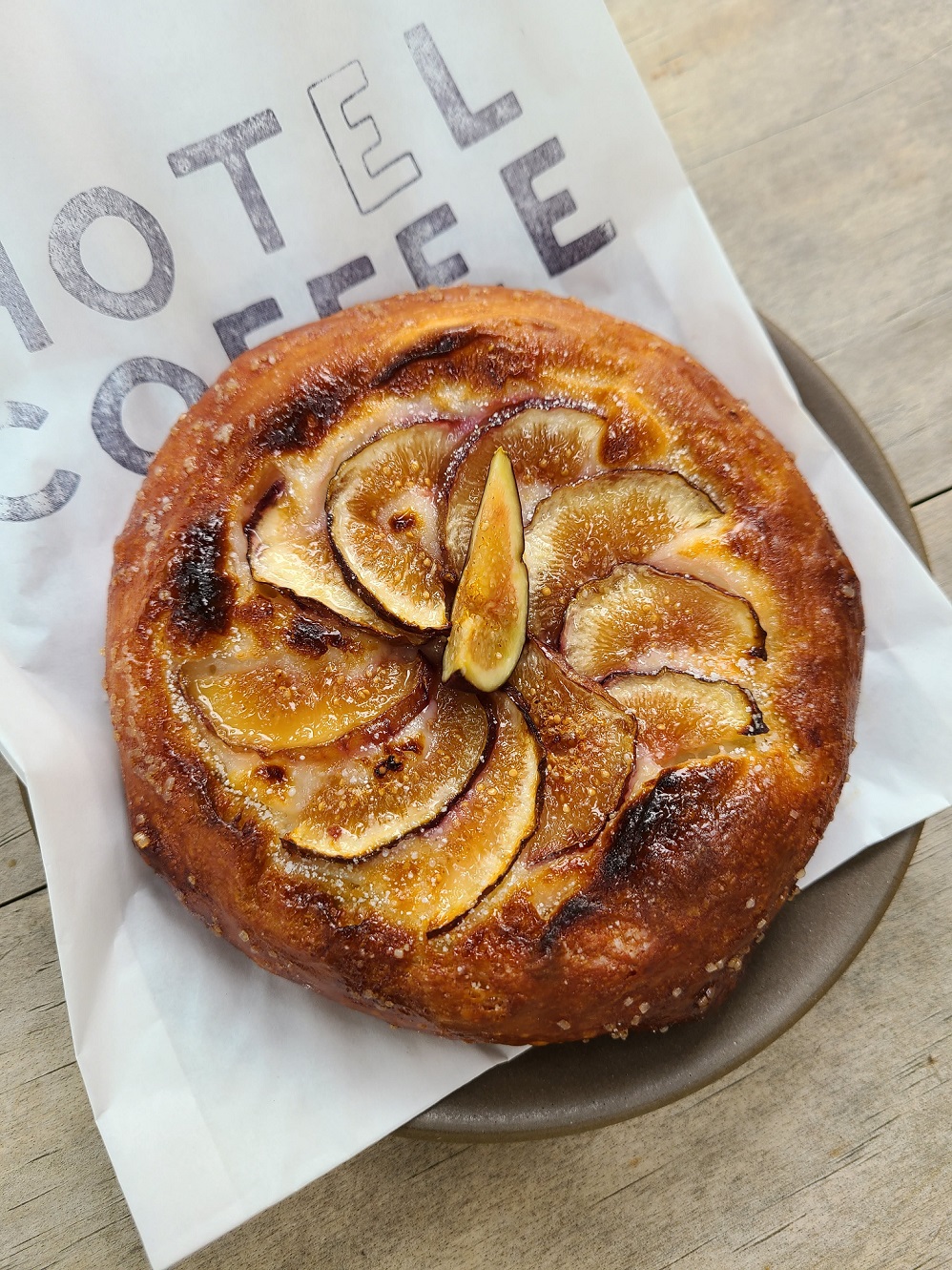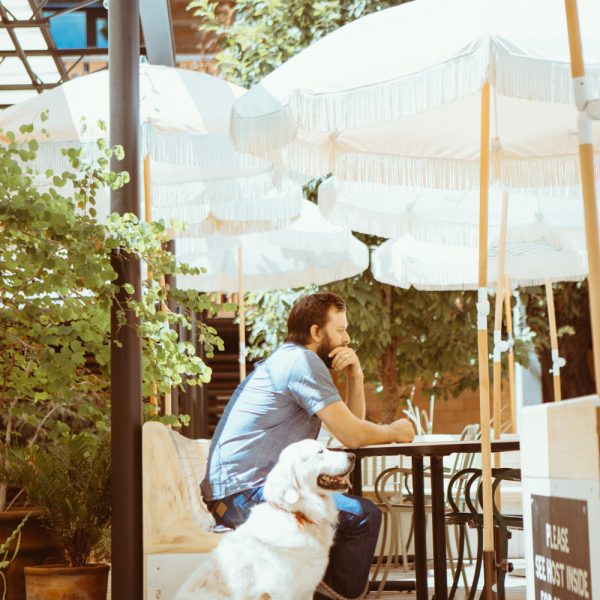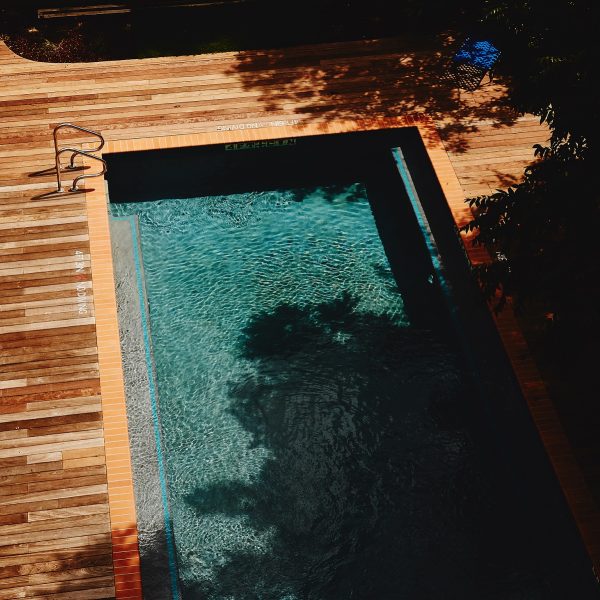___________________________
Let’s talk about a hotel you may just never want to leave!
Unmasking The Carpenter hotel! Inspiring design & architecture in this Austin boutique hotel combines with exceptional & adventurous inhouse experiences!
______________________________________________________
Nestled into a pecan grove between the Barton Springs swimming hole and downtown, The Carpenter Hotel is a hidden oasis in one of the last pockets of Old Austin. It is a compound of buildings of different vintages…It has a character unlike any other hotel in town.
Specht Architects

For whatever reason I have long had a ‘thing’ about Austin Texas (Austin is not alone in the inclusion of cities I have a ‘thing’ for yet never visited – Toronto, Lyon, Seattle, San Francisco, St Ives, Aarhus).
The ‘thing’ has nothing to do with anything in particular merely a general sense of art, architecture and culture that has appealed to me having found those cultural signposts randomly and accumulatively in those places.
Hence, when I stumbled across The Carpenter, it was almost too good to be true – here was another thing about Austin that resonated on many levels.

_____________________________________________
There is no attempt to mimic historic styles, nor is there an attempt to follow architectural trends.
The quote by Specht comprehensively sums up The Carpenter’s culture and impresses both topically and aesthetically.
Moreover, Materials are expressed as-is, and decorative effect…is created through the spacing and patterning of basic elements…
The underlying philosophies espoused by the architects and the hotel explain why The Carpenter stands out as original and contemporary.
Initially, it was the sign – variously embodying a sense of history, Texan topography and more.
The pool signage is bold, inventive and prototypical!

Oblique inferences within the signage work in a way quasi-cinematic – implying the duality of wide open plains and spartan desert iconography. Ryan Rhodes from House of Land:
Our inspiration for the metal sculpture was an attempt to meld together the gothic vernacular of Texas sculptural signage with the modernity of Mexican deco/modern gates and thresholds.
Especially as it is contained within a retro-style steel scaffolding of synthetic waves and sunbursts redolent of mid century modern decorative metalwork, and as Rhodes says, specifically Art Deco and Mexican.
House of Land have ingeniously incorporated all of the above within the symbolism of the sign.
_______________________________________________________

Whilst the creative impetus derives from the ‘in situ’ Carpenter’s Hall of 1949, by extension an appealing utilitarianism is embraced.
___________________________________________

A stay at The Carpenter offers infinitely more than the sum of its parts.
__________________________
Interestingly, the times are right for this concept of ‘Mum in the kitchen’ aesthetics. The hotel cafe stands out as bountiful by recourse to a timeless style with simple white doors and windows punctuating the inconspicuous brickwork.
Add in the guardianship of the gnarled ancient tree nearby and the effect is one of down home comforts in abundance.
As 2021 approaches (and hopefully Covid under control globally by early in the new year), human sensibilities will be much altered in favour of basic yet first-class experiences. Travellers seek physical and creative adaptability, low maintenance and a range of communing options in premium environments. The total package at The Carpenter subtly ensures that visitor’s memories, realities and activities are inextricably linked to a love of Austin and Austin’s exclusive history.
 Indulging a ritual of quality espresso and treats (always times two) at the start of the day means heading out with the lingering delights of both artfulness and energy!
Indulging a ritual of quality espresso and treats (always times two) at the start of the day means heading out with the lingering delights of both artfulness and energy!
That start even better in relaxed ‘on the back veranda or porch’ surrounds as is the case here.
____________________________

The kolache speaks volumes of Austin’s unique history, with indirect yet pertinent links to the old Lundberg Bakery.
The Old Bakery Building has been an Austin icon on Congress Avenue since 1876, when Swedish immigrant Charles Lundberg opened one of the city’s largest and most successful bakeries there.
__________________________________________
Inkeeping with the spirit of Texan pioneers and their respective locations, Specht Architects elaborate,
The design was driven by a sense of place; the desire to create something that is natural to its location, neighborhood, and the city as a whole.

It is a new take on the idea of adaptive re-use that doesn’t mimic what was existing, or create a bright line between the “old” and the “new”, but a stealth approach that merges all the parts into a collage that feels effortless and authentic.
 __________________________
__________________________
Undeniably for this writer at least (and aficionado’s of art, architecture and history), The Carpenter provides a ‘kindred spirit oasis’ from which to investigate the art, architecture and history of Austin.
For example two of the oldest buildings in Austin, the French Legate and Boggy Creek Farm, roughly two hours round trip, and a good way to walk off the mornings delicious kolache!
___________________________________________
 The Carpenter Hotel down plays overt luxury preferring to provide multiple small luxuries in seamless unobtrusive mays.
The Carpenter Hotel down plays overt luxury preferring to provide multiple small luxuries in seamless unobtrusive mays.
Visitors of all ages are sophisticated, well travelled, ‘sporty’, love the outdoors and indulge ‘off the beaten track’ experiences. Plus they indulge one-off, if not a little eccentric inspirations and aspirations.
And thankfully, the design arts are revolving full swing in keeping with these uncommon times.
Specht Architects speak of ‘effortless authenticity’, which can be illustrated more broadly as a contemporary trait whereby consumers have begun to eschew the superficial, commodification of the aesthetic experience (what I call ‘the chain store syndrome’) at all intersections. Discerning consumers, more-and-more seek the artisan and a simple credible experience (Retail Trends Report 2019 P. 37), as Specht points out above. Like General Store in San Francisco or A J Hendy Hastings in the UK.
__________________________________________
The Carpenter’s Erin Corrigan
We often describe the menu as “New Eyes on Old Texas”.

I like to think that after a big outdoor day a guest would go back to their room, change into something nice, and enjoy a unique glass of wine and a local dish of … melon and tomato with almond and fig leaf oil – I love that dish so much!
Undoubtedly a refreshing kick after a long day sight seeing and walking the pavements!
The above quote and dish epitomise what is telling about the architecture, the restaurant and The Carpenter ethos generally: flashy displays are not on the ‘menu’. Rather, long held traditions reworked and invigorated for consumers in the 2020’s.
___________________________________________

That transition accessible
In the ‘Carpenter’s Hall restaurant’, where the feeling of ‘handmade utility’ extends to the simple brick walls, industrial attributes, and the ‘bus shelter’ vibe – subtly symbolising gathering, travelling and coming to rest.
The notion of entrenched artisan qualities and sensibilities exist in the seating and fittings. It is one that rightly reaches back into the history of Austin.
The Carpenter Restaurant is an exercise in restraint, synchronised to the values espoused by Specht with the original hall as catalyst.
Like minded asesthetes appreciate the quietly adventurous yet multifaceted ‘shelter’ iconography – all age groups yet for different reasons. The glass and timber partition and the plywood finish of the seating testimony to that spirit.
__________________________________________
We have some really beautiful and considered food, with an ever expanding menu.
Erin Corrigan
 Contributive & prescient architecture, iconic signage, adventurous menus and extensive amenities: add in a certain je ne sais quoi and the outcome is a hotel like no other!
Contributive & prescient architecture, iconic signage, adventurous menus and extensive amenities: add in a certain je ne sais quoi and the outcome is a hotel like no other!
The Carpenter revealed
You can have your cake and eat it too!
____________________________
Click on the images for greater definition!
_____________________________________________________
Photography: Chase Daniel Architectural Photography
Photography: 2D Creative Artists
Photography: Kate LeSueur
Landscape Architecture: Pharis Design














































